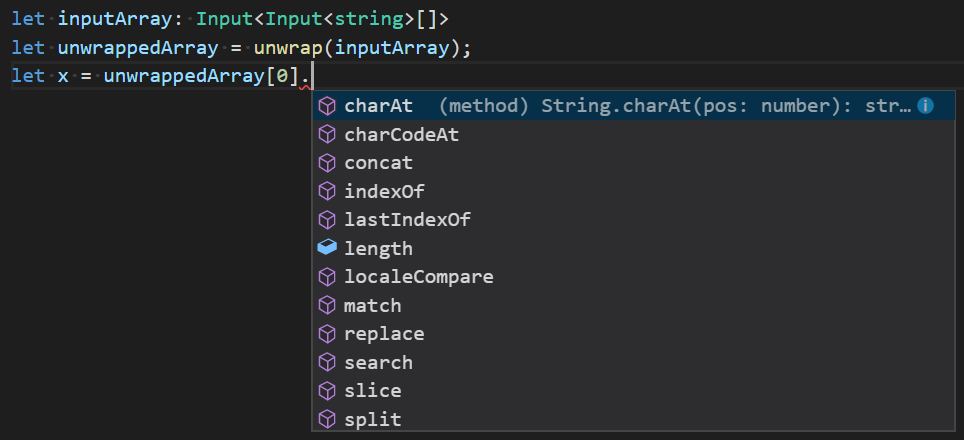Scheduling Serverless

Scheduling events has long been an essential part of automation; many tasks need to run at specific times or intervals. You could be checking StackOverflow for new questions every 20 minutes or compiling a report that is emailed every other Friday at 4:00 pm. Today, many of these tasks can be efficiently accomplished in the cloud. While each cloud has its flavor of scheduled functions, this post steps you through an example using AWS CloudWatch with the help of Pulumi.





